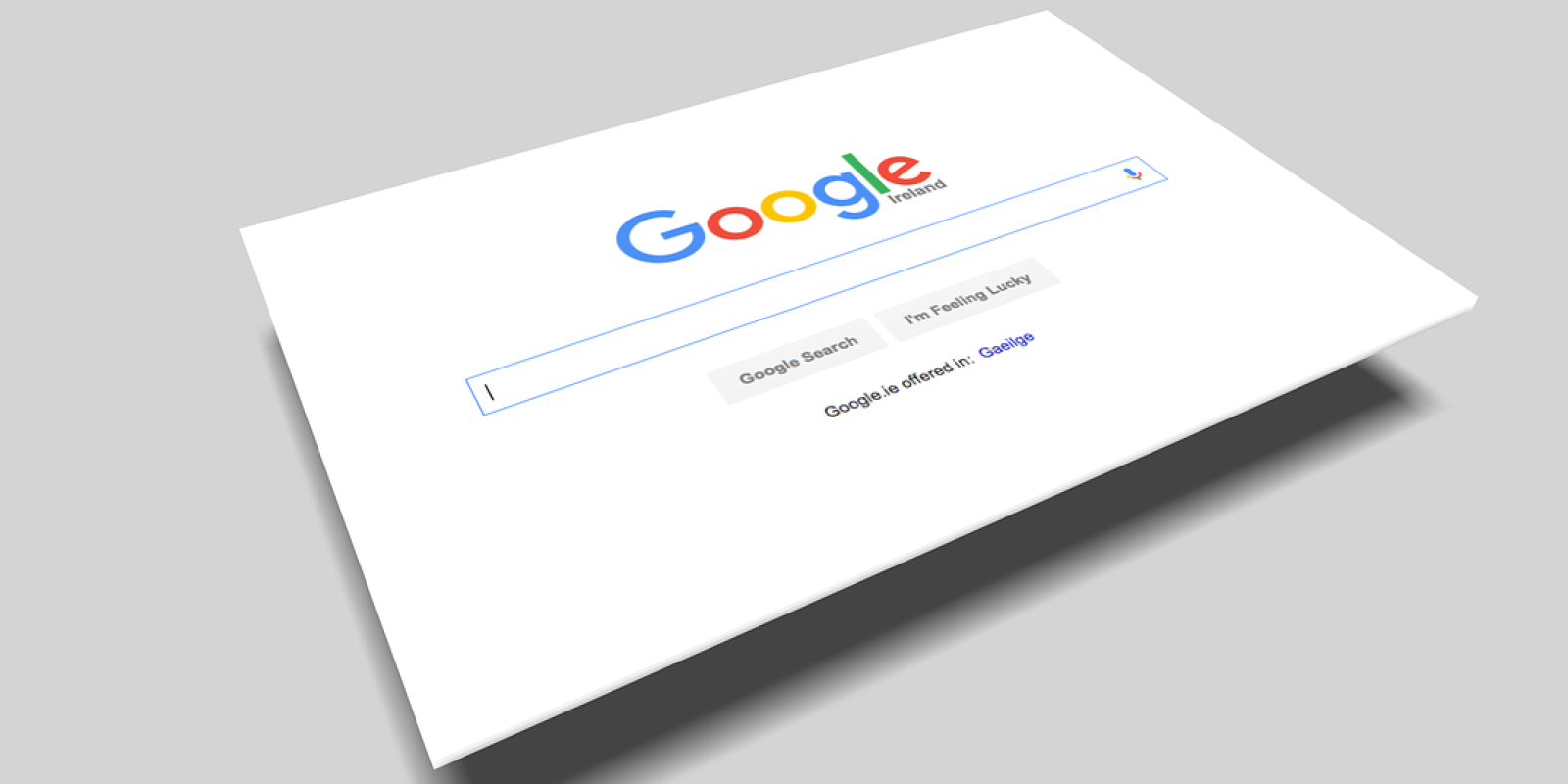- Participatory financial instruments: what are they?
- PFIs and SAFEs compared
- Why PFIs? The problem to be solved
- Participatory financial instruments: how they work
- The benefits for businesses
- Identikit, rights and benefits of PFI subscribers
- Procedure for issuing Participatory Financial Instruments
- When to use Participatory Financial Instruments? Examples
- Difference between PFIs and stocks
- Difference between PFIs and equity crowdfunding
Participatory Financial Instruments are an alternative capital raising opportunity that originated in 2003 for spas but since 2012 has been extended to LLCs and is particularly valuable for startups. Only in recent years, however, has it become more widely talked about and companies have begun to use it or consider it for their own financing. The inspiration came from SAFE (Simple Agreement for Future Equity): a contract designed by the U.S. incubator Y Combinator to raise capital in the absence of a corporate valuation, the logic of which can be replicated precisely with Participatory Financial Instruments.
Participatory financial instruments: what are they?
In itself, PFIs are a hybrid financial instrument, somewhere between equity and debt, which can be shaped in either direction depending on the need of the company that decides to use it. A PFI, in fact, is a security that can take 3 different forms:
- Loan with obligation to repay (bond nature).
- Contribution of capital or assets in exchange for future corporate holdings (equity nature).
- Contribution of works or services in exchange for future corporate shares (work for equity).
Up to this point it might seem that Participatory Financial Instruments are just another name for describing existing instruments; in fact the overlap is only partial, but we will explore this in more detail in the following sections.
Specifically, when we discuss PFI, we will consider only the second and third forms just listed, which are those most useful for startups or other types of young businesses, leaving aside those of a bond nature.
The two forms of equity-type PFIs share a similarity with the U.S. SAFE contract; in fact, like the latter, they allow capital to be raised before a company is consolidated or even on the market.
PFIs and SAFEs compared
Equity-matrix Participatory Financial Instruments can be defined as the Italian version of SAFE (Simple Agreement for Future Equity), born in 2009 in Y Combinator, the world's most famous startup incubator. Both instruments, in fact, make it possible to raise capital without having to offer an assessment of the company's value, but rather by postponing such an assessment to a predetermined moment in the future when the company expects to have achieved goals, accumulated metrics and defined its prospects.
The differences between the two tools and contexts, however, are important:
| PFI | SAFE |
| Instrument provided for in the Italian Codice civile (Art. 2346). | Agreement between two parties |
| Hybrid and ductile instrument | Equity investment proposal |
| Issuance by notary | No need for a notary |
| Capital increase | No need to make a capital increase |
| Clause in the corporate bylaws | No need for special company regulations |
In conclusion, it can be said that Participatory Financial Instruments, compared to SAFE, is a more complex, more regulated instrument that offers more protections to investors.
Why PFIs? The problem to be solved
PFIs offer a solution to an important problem: early-stage startups or other very young companies that want to raise capital have the problem of pre-money valuation , because without a history of sales and performance behind them, it is difficult to calculate a concrete and meaningful valuation. At this stage, an external assessment of the company's value can be detrimental to both the startup and the investors: there is a risk of being wrong by a wide margin over or under.
But without a pre-money valuation, how do you calculate the value of company shares to offer to potential investors?
The solution is to move the valuation of the startup and consequently its shares into the future. Investors receive a discount on future shares because they are putting capital into an immature project about which they do not have the full information, and the company can test the market response to its proposal. Investors are offered favourable terms to compensate for the unknown underlying the investment, and the company's valuation is shifted to a predetermined and contracted time in the future.
Participatory financial instruments: how they work
Participatory Financial Instruments make it possible to raise capital from selected investors, with whom to enter into a financing agreement that involves shifting the valuation of the company and thus the value of the investment into the future. This unknown is offset by a discount on the share price.
The company offers potential investors securities that represent the right to have company shares of indefinite value in the future, under contractually agreed conversion conditions. When will the value of the investment be determined? At the first useful liquidity event or when the contract expires. At that point, the startup or company will have more capital, more history, a more solid and defined structure, and will have had a chance to do validation, so it will be possible to open the first official funding round and define the actual price of the shares and the value of the shares previously purchased by PFI subscribers.
The event of converting the securities into actual company shares and the retrospective valuation of their value takes place: the PFI investors become members of the company by converting their PFIs into shares at a valuation discount to those who will buy shares in the company from then on.
With this operation, it is also easier for the company to control the capital increase, because it is not necessary to determine the precise size of the capital increase when the Participatory Financial Instruments are issued; it can be defined at the maturity of the securities, when there is more certainty about the size.
It is also possible to offer PFIs in exchange for professional services or goods or know-how.
The benefits for businesses
The advantages that the possibility of issuing Participatory Financial Instruments offers businesses are as follows:
- Moving the pre-money valuation into the future (as described in the previous paragraph).
- Increased attractiveness of a young or startup company to investors.
- Flexibility on configuration.
- Customization of securities offered: the ability to customize units by including different types of rights at the company's choice eliminates the risk of losing corporate governance; in fact, units with only equity rights or even with administrative rights can be offered to SFP subscribers, but the latter can never include the right to vote at the shareholders' meeting until the conversion of the security.
- Ability to select investors and thus look for people who are also useful professionals for the business.
- Ability to raise capital without intermediaries.
- Need to constitute a marketing and sales process that will come in handy in the future.
Identikit, rights and benefits of PFI subscribers
Who can buy Participatory Financial Instruments issued by a company? Potentially anyone, but as we anticipated in the previous section, one of the peculiarities of this instrument is that it provides for “entry selection”: it is the company that offers the shares to those who have an interest in them as investors and future shareholders.
It is very useful for startups to take advantage of this selection opportunity and use PFIs to gather investors who are also useful professionals for the growth of the company, i.e., people who can make a factual contribution, or customers or potential customers of the product/service offered.
Different types of units, associated with different rights and benefits, can also be offered to different types of investors. The type of PFI to be placed must be defined in advance and contracted. According to it, the relationship with investors changes when the contract expires: it is possible to define category A units that have more administrative rights and category B units with few or no administrative rights.
Category A shares can be offered to investors who are also stakeholders in the business or possess skills useful to the business, while category B shares can be offered to investors who are customers or potential customers of the company's product or service. In the search for investors, in fact, these two categories are the most interesting and interested.
In all cases, PFI subscribers do not become equity shareholders until the conversion of PFIs into actual company shares.
The patrimonial rights that can be granted to subscribers are mainly as follows:
- Right to profit sharing
- Right to remuneration linked to the performance of a particular project or production line
- Right of conversion of stock into company share..
Administrative rights, on the other hand, are generally configured in one of two ways:
- Right to vote on specific topics
- Right to appoint a representative to the board of directors or supervisory board.
Procedure for issuing Participatory Financial Instruments
When they appeared in the Italian legal system, Participatory Financial Instruments were reserved for spas, were later extended to LLCs, as long as they are startups or innovative SMEs. The operation is simpler than other types of capital raising, but still requires compliance with certain steps dictated by law:
- If the company's bylaws do not already provide for the issuance of PFIs, call an extraordinary shareholders' meeting and resolve to amend the bylaws to include the possibility of placing PFIs.
- Prepare implementing regulations, always approved by the shareholders' meeting, regulating the terms of issuance, conversion timing, property and administrative rights, circulation and withdrawal procedures of the PFI, minimum floor and maximum floor*.
- Ratify the regulations at a notary public, which authorizes the issuance of the securities and opens the capital increase.
- Place instruments independently with private negotiations and appropriate sales contract (for which an accountant can be consulted).
- Create a register of subscribers.
Private negotiations, without intermediaries, offer advantages (in terms of exposure, for example), but they also present higher costs and burdens. Especially for those who do not have a lot of expertise and/or time, and for those with special needs, the possibility of using a crowdfunding platform, introduced by the ECSP Regulation (also known as the EU Crowdfunding Regulation), as a conduit and as support may be attractive.
*We talked about “minimum floor and maximum floor”: what does it mean?
- Minimum floor is the future minimum premoney value that investors may encounter at the time of conversion-they cannot pay less than that.
- Maximum floor is the future maximum premoney value that investors may encounter at the time of conversion: they will not be able to pay more than that, even if the actual value should be higher.
When to use Participatory Financial Instruments? Examples
We have insisted on the usefulness of Participatory Financial Instruments for startups because they are the ones who benefit the most. There is also an incentive for innovative startups that use PFI to find qualified expertise and remunerate professionals: for such individuals, the value of the PFI does not contribute to taxable income until the security is sold or redeemed.
PFIs, because of their flexibility, can come in handy at different stages of a company's life.
Let's look at the main examples of PFI use occasions:
- Startups that need capital to make initial investments and need to defer corporate valuation.
- Startups that are looking for professionalism and specific skills.
- Companies that need alternative ways to offer incentives to employees.
- Companies that need to raise liquidity in a downturn.
An example of a startup that has used Participatory Financial Instruments (without intermediaries) is The Spiritual Machine. here the webinar With first-hand accounts of the experience.
Difference between PFIs and stocks
Participatory Financial Instruments are intermediate securities for the acquisition of shares in a company, and as such have characteristics that partly overlap with those of stocks. But there are important differences between PFI and stocks:
- PFIs never provide voting rights at the meeting before conversion into corporate shares.
- PFIs may also have as the object of the contribution by the underwriters the provision of labor and services that are not allowed as contributions in a standard capital increase.
- PFIs are offered without a pre-money valuation of the company.
- In some special cases stipulated by law, PFI can also be placed without any contribution in return.
- The purchase of PFIs does not automatically correspond to the acquisition of membership.
- PFIs are not always transferable.
Difference between PFIs and equity crowdfunding
The main difference between PFIs and equity crowdfunding is that PFIs can be used to raise capital “from a crowd” but it is a selected crowd, while crowdfunding's is indiscriminate and involves joining the company as partners.
Raising with PFIs also is continuous, allowing for immediate cash flow, which is not the case with equity crowdfunding, which has the technical timeframe of the campaign and the bureaucratic timeframe of releasing resources after the end of the campaign. That of Participatory Financial Instruments is a reserve of available equity that can be used for the growth of the startup and, why not, to pursue an equity crowdfunding campaign. When the units are converted, this reserve is emptied and goes to share premium and equity.
Finally, an indirect advantage of Participatory Financial Instruments is that the procedure is simplified because it does not necessarily go through a crowd portal. This, on the one hand, eliminates steps for the investor; on the other hand, it forces the company to structure marketing and sales processes and to have fundamental direct contact with investors.
We treated in a dedicated article all Differences between Participatory Financial Instruments and equity crowdfunding In detail.
However, the two ways of raising capital also have many points of contact. For example, placing SFPs can be a great way to prepare for an equity crowdfunding campaign: it is much easier to start a successful campaign if you start with investments already in your pocket. It is a validation, it generates confidence in the proposal as well as resonance. In addition, the marketing and sales activities required for the placement of Participatory Financial Instruments will be perfect training for the precrowd, which is a crucial phase in the preparation of an equity crowdfunding campaign. it is much easier to start a successful campaign if you start with investments already in your pocket. It is validation; it generates confidence in the proposal as well as resonance. The marketing and sales activities necessary for the placement of Participatory Financial Instruments, moreover, will be perfect training for the precrowd, fundamental stage of preparing an equity crowdfunding campaign.
Below is the webinar in which we discuss Participatory Financial Instruments with an expert on the topic-Alessandro Immobile of Imment. ONLY ITALIAN.
WEBINAR TOPICS
0:00 Introduction
4:48 What are Participatory Financial Instruments and what they have to do with raising capital
13:08 Regulation of SFPs
14:50 The flexibility of SFPs to benefit capital raising for startups: in Italy as in the rest of the world
17:00 Benefits of SFPs for startups
19:17 How to issue an SFP
20:55 Benefits of SFPs for investors
23:15 To whom to sell SFPs
24:14 Administrative rights and property rights: what is divested with an SFP?
27:00 Reward: giving reasons to invest
28:40 Creating a community of loyal investors
33:14 Participatory Financial Instruments and equity crowdfunding: can they coexist?
39:36 Timing of PFS: liquidity in a short period of time
44:44 Indirect benefit: direct contact with selected investors
52:30 SFPs are hybrids between equity and debt
53:20 Difference between PFS and other corporate-level instruments
56:50 Tip for those who want to approach the world of Participatory Financial Instruments
SPEAKERS
Claudio Grimoldi, Founder of Turbo Crowd
Alessandro Immobile, CEO of Imment













































